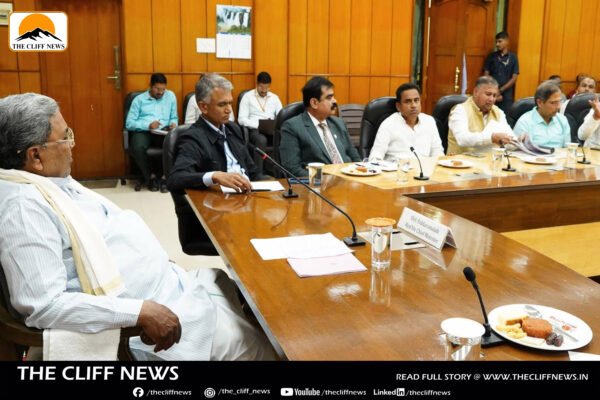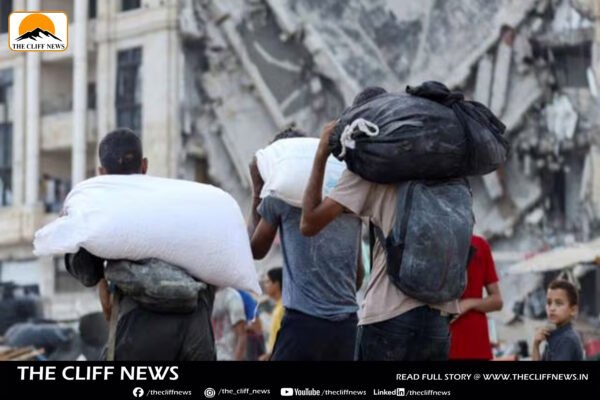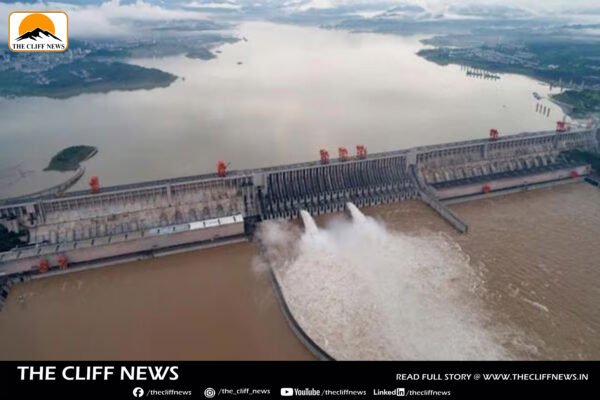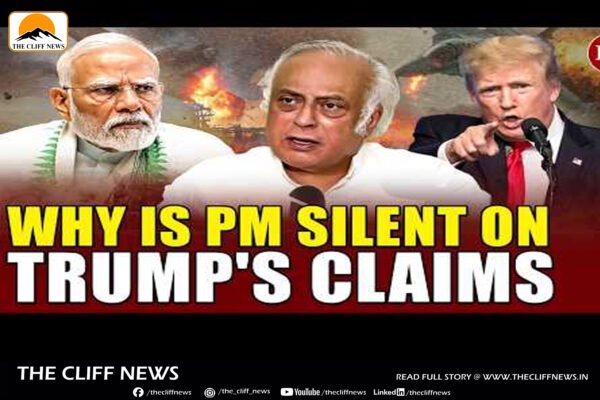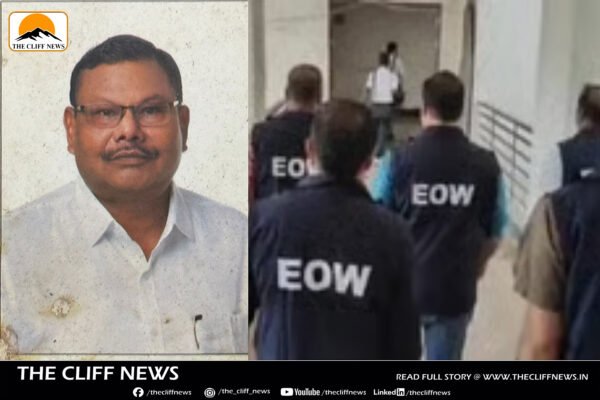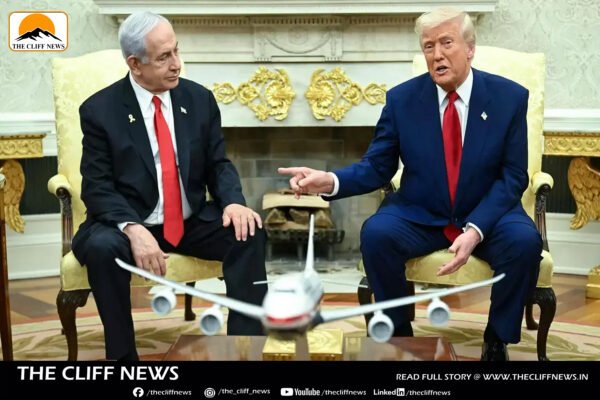Former U.S. President Donald Trump has once again claimed credit for brokering peace between India and Pakistan, asserting that he prevented a nuclear war and halted a conflict in which five fighter jets were allegedly shot down. This latest assertion has drawn sharp criticism from India’s Congress party, which slammed Prime Minister Narendra Modi for maintaining silence on the matter. At a White House reception on Tuesday, Trump reiterated his claim of having stopped wars between multiple countries, including India and Pakistan. “They shot down five planes and it was back and forth… I called them and said, ‘No more trade. If you do this, you’re not going to be good.’ They’re both nuclear powers, and who knows where it would have ended up? And I stopped it,” Trump stated. Congress general secretary in-charge of communications, Jairam Ramesh, responded on social media, pointing out that Trump has now made this claim 25 times in the last 73 days. He criticized Prime Minister Modi for his continued silence, accusing him of “finding time only to travel abroad and destabilise democratic institutions at home,” instead of addressing serious diplomatic assertions made by Trump. Ramesh further alleged that the Modi government is refusing to give firm dates for a parliamentary debate on the Pahalgam-Sindoor conflict, and is evading accountability by not committing to a reply from the Prime Minister. Trump had previously announced on May 10 via social media that India and Pakistan had agreed to a full and immediate ceasefire after overnight negotiations mediated by Washington. Since then, he has repeatedly claimed that it was U.S. intervention—particularly trade threats—that brought an end to the hostilities. India, however, has consistently dismissed Trump’s claims. According to official statements, the understanding on ceasefire was reached after direct communication between the Directors General of Military Operations (DGMOs) of the Indian and Pakistani militaries. During a 35-minute phone call last month, Prime Minister Modi is said to have firmly told Trump that India has “never accepted and will never accept” third-party mediation in matters concerning Pakistan. The ceasefire came after India launched Operation Sindoor on May 7, targeting terror infrastructure in Pakistan and Pakistan-occupied Kashmir in retaliation for the Pahalgam terror attack, which killed 26 civilians. Following four days of intense drone and missile exchanges, both sides agreed to a cessation of hostilities on May 10. While Trump continues to take credit for the truce, New Delhi maintains that it was a bilateral military-level initiative, with no role played by foreign mediation.
